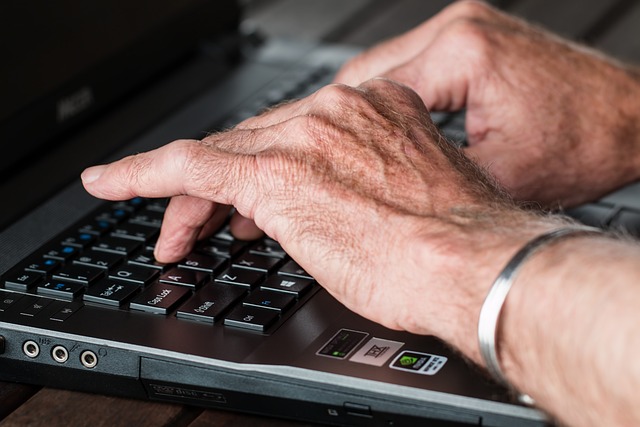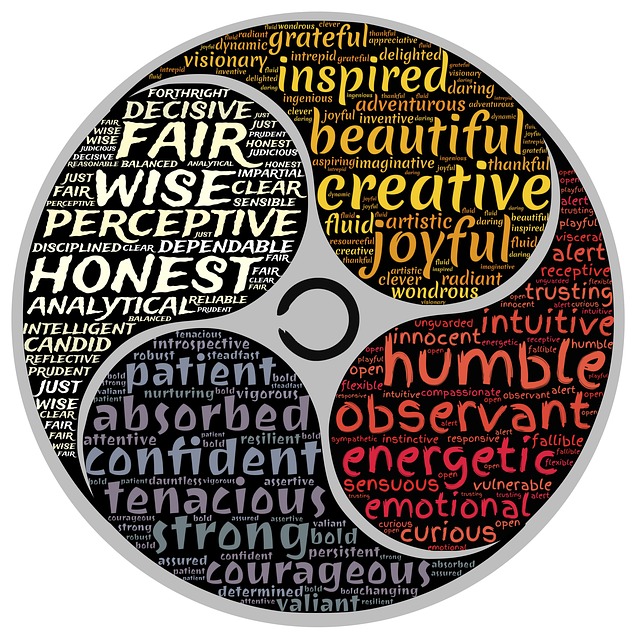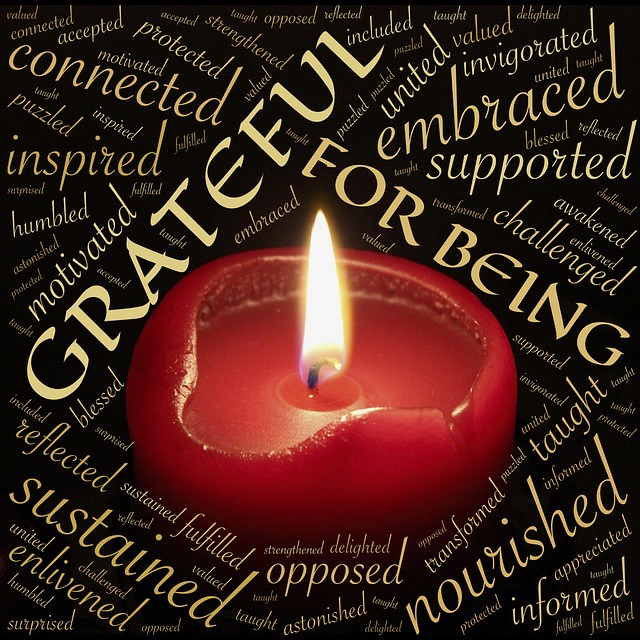In a previous post, I discussed the pervasive impact of negative beliefs about aging. Highlighted in that discussion is the research evidence that negative age beliefs can impact every aspect of our aging process and our quality of life. In that discussion, I drew on the work of Dr. Becca Levy, a pioneer in the area of successful aging and a world-renowned researcher and Yale Professor. In her book, Breaking the Age Code: How Your Beliefs About Aging Will Determine How Long and Well You Live, she contends that it is critical that we address ageism in our society both as individuals and as a collective.
Becca has a section in the book where she identifies the widespread influence of ageism and calls for “an end to structural ageism” in education, Governmental systems, medicine, mental health, advertising and media, science and the arts. Ageism prevents people from effectively adapting to the aging process, from taking proactive action to maintain their quality of life, from achieving their potential both mentally and physically, and from realising the benefits that can accrue with age.
The benefits of positive beliefs about aging
In her book, Becca draws on her own research and that of researchers worldwide to demonstrate the numerous benefits of positive age beliefs and illustrates these benefits with stories of outstanding achievements by numerous people in multiple fields of endeavour. Ageism is based on the assumption that all people who are old experience decline in mental and physical capacity at the same rate and that this decline is inevitable. Becca’s research and stories of individual achievements demonstrate that each of us can arrest decline, or at least reduce the rate of decline, in our capabilities as we age. Our beliefs about aging are a key determinant of the choices we make and how long and well we live.
In providing research-based claims about the benefits of positive age beliefs, Becca identifies a number of findings that challenge prevailing myths about the aging process. Her research demonstrates the following benefits of this positivity:
- Pattern recognition improves with age so much so that neuroscientist, Daniel Levitin, suggests that radiologists past 60-years old should be preferred to younger people for reading and interpreting X-Rays. Daniel is the author of the book, Successful Aging: A Neuroscientist Explores the Power and Potential of Our Lives.
- Indigenous knowledge and memories held by elders in Indigenous communities that have been passed down in communities around the world to ensure the health and continuity of these communities such as in the Indigenous Australian culture. This aspect of Indigenous aging was documented by anthropologist Margaret Mead in her book, Culture and Commitment: A Study of the Generation Gap.
- Functional health is enhanced by positive aging beliefs. Becca demonstrates that her research and that of her colleagues disprove the assumption of the “stereotype of debility and decline” as the natural outcome of the aging process. She draws on the example of Sister Madonna Buder, who at the age of 52 undertook her first triathlon with borrowed running shoes – now, at over 90 years old, she continues to compete and has completed in excess of 350 triathlons. Sister Madonna’s view of aging is that it represents “wisdom and grace” and “opportunity”.
- Irreplaceable knowledge and understanding can accrue to anyone in a specialised field with experience developed as they age. Becca illustrates this by discussing the experience of a 75-year-old paediatrician called Jonas who had retired from clinical practice “when he was most skilled”. A young colleague asked him for his opinion on what was ailing a baby because he could not work it out. Jonas figured it out “right away”. His young colleague had an instant insight and asked, “Teach me Doc, how’d you do that?” Jonas now teaches “medical diagnosis” at a university and participates in group diagnoses of patients in a teaching hospital. Jonas’s career transition highlights the opportunity for older people to make a significant contribution to society even after retirement – all that it requires is a positive view of aging and a willingness to make adaptions in their career role. Jonas has also acquired new interests and hobbies such as cultivating rare orchards, French cooking, close-up photography and amateur aviation.
- Mental health growth – during a placement at a psychiatric hospital, Becca found (contrary to her expectations) that more younger, adult patients suffered from mental illness than older patients and that the latter “can be successfully treated”. Her own research, confirmed by others around the world, also showed that age beliefs heavily impact the nature and quantity of stressors experienced psychosomatically. She found that positive age beliefs helped to mitigate the impact of stressors (even in PTSD cases), while negative age beliefs acted as a “barrier to mental health”.
- Longevity – in a significant research study, Becca found that participants who held positive age beliefs “lived an average of 7.5 years longer” than those who held negative age beliefs. ` Other research has demonstrated that non-biological factors such as age beliefs (and social/cultural environments) “determine as much as 75% of our longevity”.
- Creativity – contrary to the prevailing stereotype, “creativity often continues and even increases in later life”. Throughout the book, Becca mentions people who achieved “their most creative work at an older age”, e.g., Matisse, Hitchcock, Einstein, Picasso, Bernstein, Lerman and Dickens. She also noted that 65 is the average age of a Nobel Prize winner. Becca also reported the comment of actress Doris Roberts that actresses/actors “get better and better in their craft as they get older”. Michael Caine CBE is just one example. Starring in 160 films over 8 decades, he produced an outstanding performance at age 90 in his last film before retirement, The Great Escaper.
In the above discussion of the benefits of positive beliefs about aging, I have only “scratched the surface” of Becca’s research and findings. However, it is very clear that positive age beliefs can impact us in multiple, beneficial ways – opening up opportunity and the realisation of our true potential.
Reflection
I can relate to Jonas’s experience (recounted above) when applied to a recreational context rather than a professional one. I have continued to play social tennis in my late seventies and recently I played a half-volley, drop shot that left my much younger partner “gobsmacked”. He responded, “Wow, how did you do that? Can you teach me to do that shot?” At the time, I just shrugged but felt like saying:
I can’t teach you as I have never learnt to do that shot – it was purely instinctive, as I was caught “in no man’s land”. When you have achieved in tennis what I have done – played 10,000 sets of tennis over more than 60 years, practised Tai Chi for years (for balance and coordination), and spent numerous hours doing tennis drills – you, too, will be able to do instinctive tennis shots that surprise others (as well as yourself).
Becca’s comment that creativity can increase in later years also resonates strongly with me. I started this blog in 2016 (at the age of 70) and have now written more than 740 posts on this blog alone (my fifth blog). I have reduced my output from three posts per week to one post to enable space and time to conduct manager development workshops (hybrid mode) and to co-author a book with my colleague of 16 years (as our legacy to younger managers and organisational consultants). I am finding that connections and patterns come to me more rapidly and profusely as I read and write and I now write an average of 1,000 words per post (compared to the 300 words per post, I started with in 2016).
In her book, Becca recounts the comments of 69 year old creative dancer Liz Lerman who observed that as we grow old we “don’t need to make major life change to activate creativity’. In her view, “expanding our connections to people” can create life changes for us and spark renewed creativity. I have certainly found this with my active participation in the Creative Meetups hosted by the Health Story Collaborative.
Additionally, I am finding (in terms of creativity) that, as I age and reflect, I am writing more poems that are longer and more complex in structure and scope. In three days, inspired by Kim Rosen’s book Saved by a Poem, I have written three poems – previously I wrote four short poems over five years. One of my recent poems relates to the theme of this blog post and its predecessor about negative age beliefs:
Beliefs About Aging
To be positive, is to see opportunities
To be negative, is to deny potentiality.
Positive age beliefs open new horizons
Negative beliefs hold us captive and inert.
Positivity is openness to reality
Negativity is a closed mindset.
In being positive
Our full potential is possible.
With a grateful heart
I live my positive beliefs.
Reflecting and writing poetry enables us to grow in mindfulness. We come to realise that negative beliefs hold us back. Through mindfulness practices, we can grow in self-awareness, concentration, creativity and resourcefulness – we can become increasingly aware of what is around us each day and what it is possible to achieve.
Photo Credit: The photo incorporated in this post was by Steve Buissinne, aged 74, from South Africa. He joined Pixabay in 2014 and has had 556 photos accepted, 148 of which have been singled out as “Editor’s Choice” – a sign of excellence. His photos have been viewed 32.83 million times, resulting in 19.39 million downloads. Steve’s comment on his Pixabay site demonstrates his mindful awareness of the beauty that surrounds us:
Everything has beauty – photography teaches you to see it
__________________________
Image by Steve Buissinne from Pixabay
By Ron Passfield – Copyright (Creative Commons license, Attribution–Non Commercial–No Derivatives)
Disclosure: If you purchase a product through this site, I may earn a commission which will help to pay for the site and the resources to support the blog.










